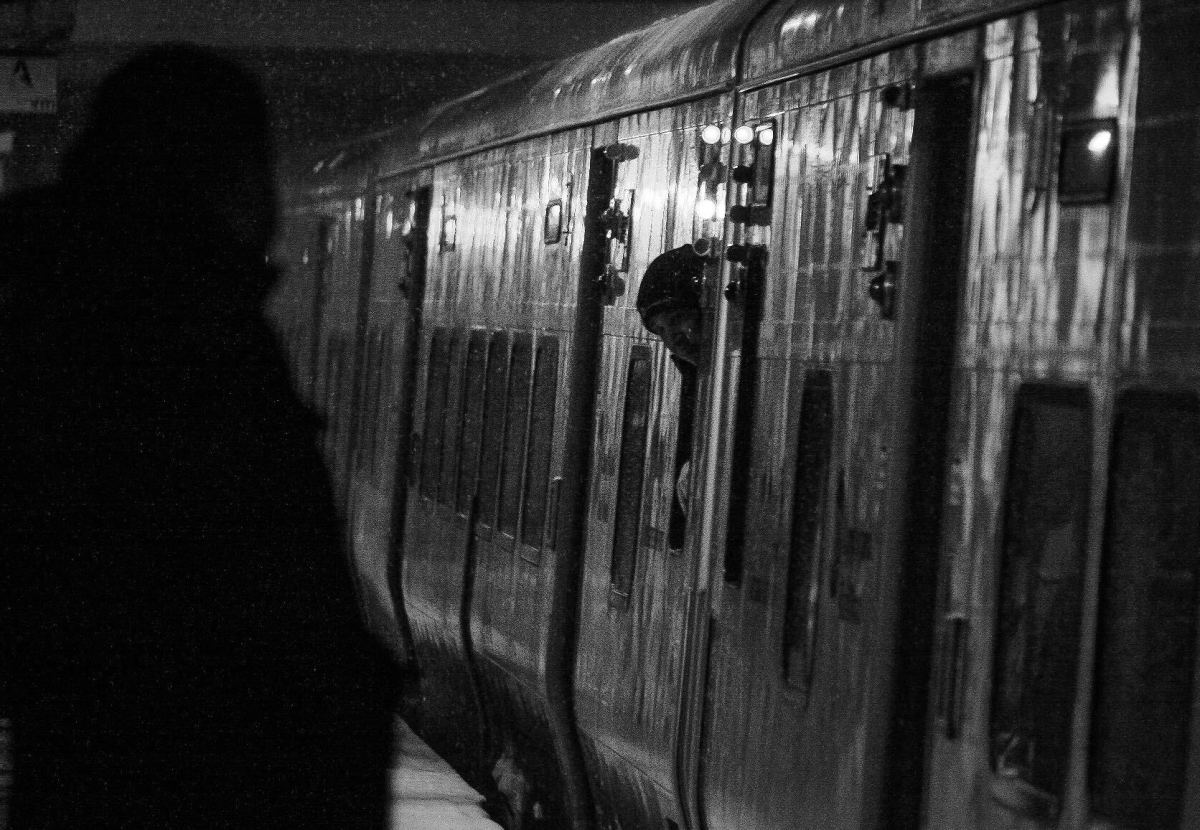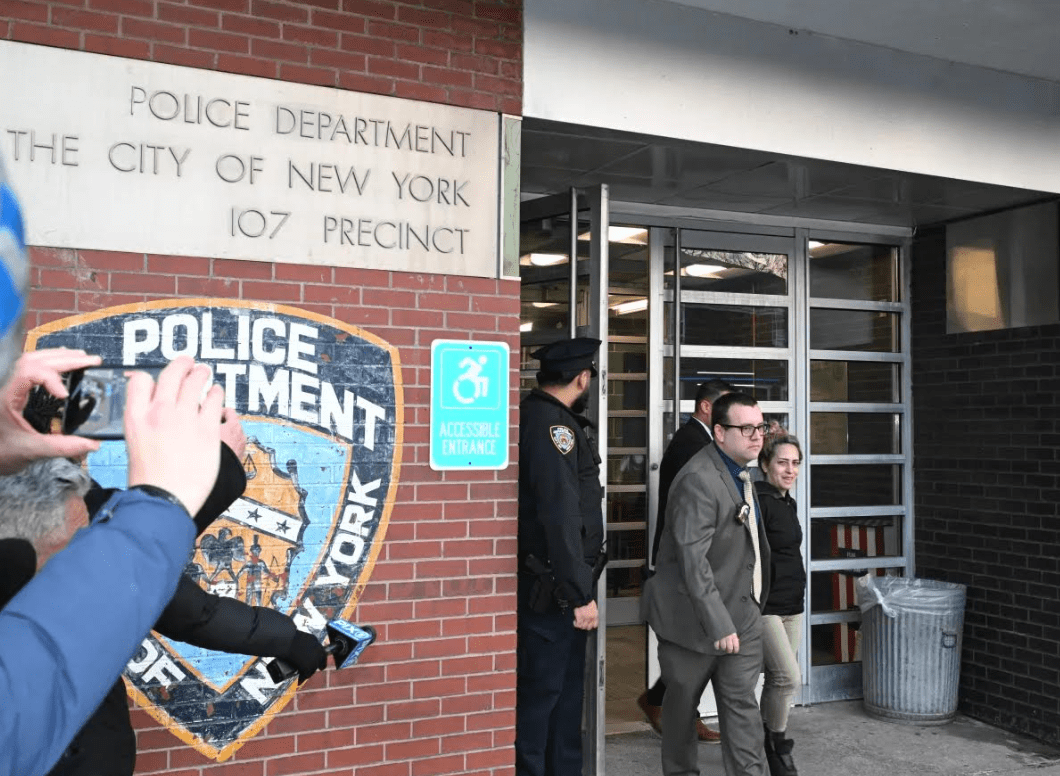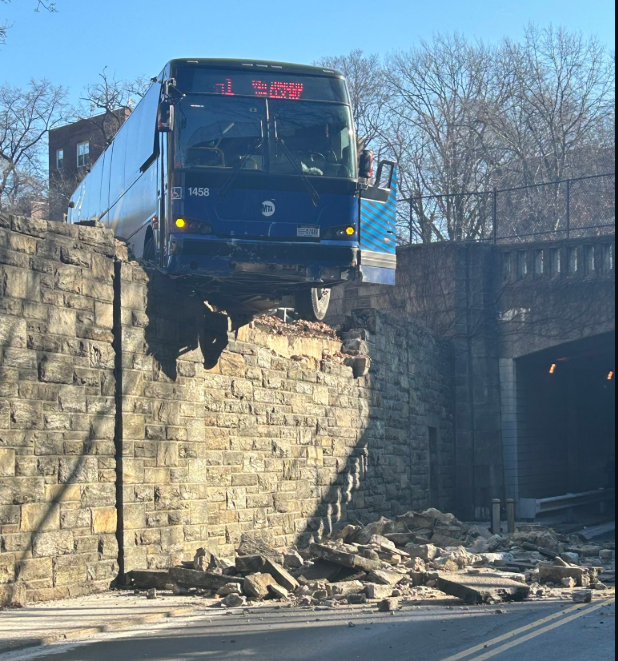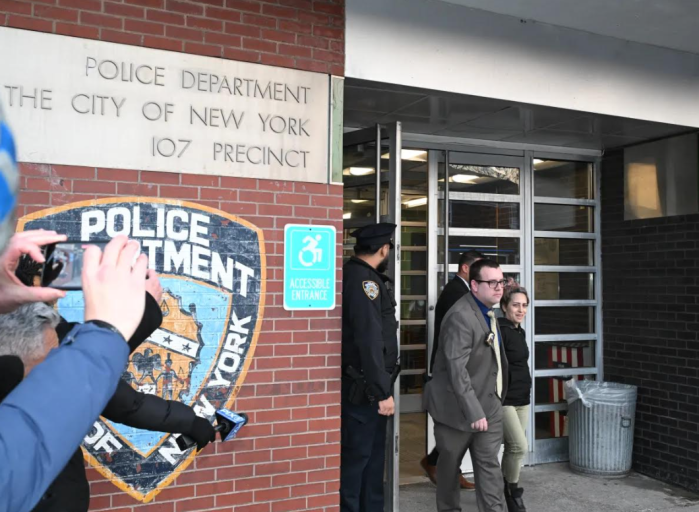As the COVID-19 first bewildered – then shocked – New Yorkers, many analysts looked back at the Spanish flu epidemic of 1918.
But perhaps the best comparison to how coronavirus has taken hold in the tri-state area is the typhus epidemic that killed 4.4 to 5.2 million in Eastern Europe and Russia between 1918 and 1922; the devastating effects of which have been attributed to the buildout of the train system across the Russian empire by historical consensus.
New York City has the most expansive transit system in North America with 472 subway stations alone that serve over 5 million people per day. As an economic driver, trains, buses and ferries are a power hammer that formed the region into the commercial capital of the world. But it is also an open wound vulnerable to any organism that can hitch a ride on a person.
And consistent with this comparison is not only New York City’s dubious honor of sporting the highest number of cases – and deaths – in the country, but is also marked by the number of transit workers themselves who have died in a matter of only a week.
While it has been well over a century since the nation last saw a major epidemic, the MTA has not written off disease as a major threat and has updated their “Pandemic Plan” repeatedly over the course of decades. One of the most recent plans being minted under the chairmanship of Tom Prenderghast in 2012.
Up to 240,000 masks in an MTA stockpile have been sitting idle for the moment when the transit system would need to protect its workers. But since the beginning of the coronavirus epidemic in New York, the agency has stalled the deployment of personal protective equipment (PPE) following recommendations the CDC and other health organizations that say a mask on a healthy individual did little good.
“The plan includes stockpiling appropriate resources. What it did not contemplate was that medical guidance during this specific pandemic would be to not use certain stockpiled items for all employees. We are no longer following that guidance, and decided last week to deploy resources regardless,” MTA Chief Safety Officer Pat Warren said in a statement Tuesday evening.
The first measures taken by the MTA were to sanitize stations daily and the agency’s entire rolling stock every 72 hours on a rolling schedule. After the death of eight workers from COVID-19 in the past week, however, the MTA has ditched the official recommendations following pressure from the Transport Workers Union Local 100.
According to the MTA, 240,000 masks, 3.2 million gloves to those whose jobs require it, 45,000 bottles of hand sanitizer, 50,000 gallons of cleaning supplies and 7,000 boxes of sanitizing wipes have now been handed out as of March 31.
“We’ve been fighting for [PPE]. They’ve started to arrive but we need more,” Local 100 President Tony Utano told amNewYork Metro.
Other measures by the MTA to protect workers have included rear-door boarding on buses that give operators six feet between them and the public.
As it has become apparent to TWU that these measures have failed, the union’s international organization began providing its members with supplies as well.
Lethal Mobilities: Bodies and Lice on Soviet Railroads, 1918–1922, written by Robert Argenbright and published in the Journal of Transport History, illustrates how in a time of political collapse, war and famine, typhus was still a likely cause of premature death. And while the COVID-19 may not be seen as indiscriminate as typhus – as it has been known to spare children with only mild symptoms – the novel coronavirus has proven to be much more invasive having encompassed the majority of countries across the globe.
An opinion piece in the Gotham Gazette by Patrick Farrell published March 30 argued that to stop the spread of coronavirus it may be necessary to shut down the subways altogether. While this stance may have come of as scoff-worthy at first glance, it may have its merits.
For eastern European nations ravaged by the typhus from Serbia all the way to Siberia, shutting off the movement of trains may have not even been considered with those countries being at war through nearly the entire pandemic, and troops needed to be moved.
MTA Chair Pat Foye said Tuesday on the Brian Lehrer Show that ridership is at ten percent of what it was last year and only keeps moving to serve essential workers.





































